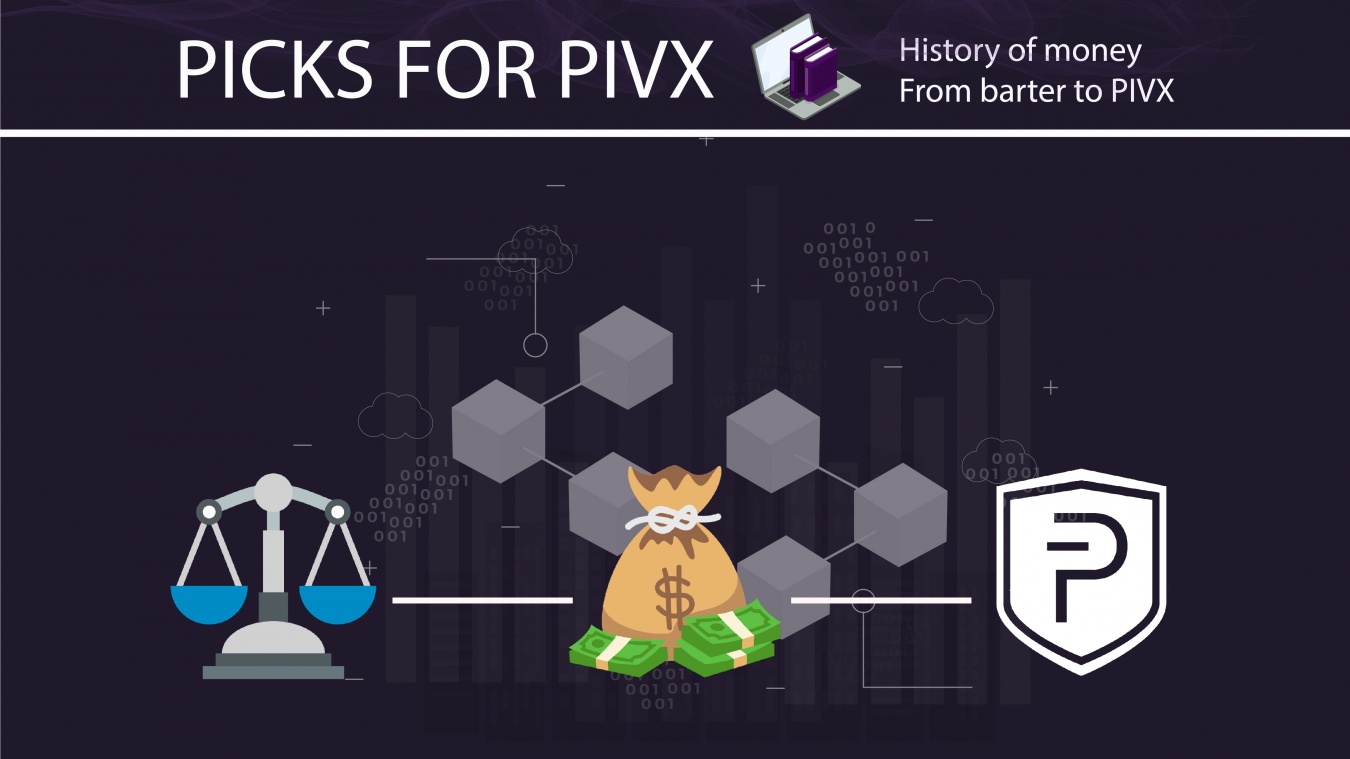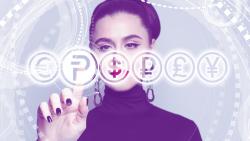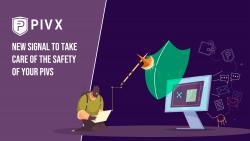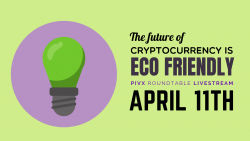Image created by "kevinml07"
“You need to know the past in order to understand the present and foresee the future” (V.G. Belinsky)
How did it all start?
It started in the old days. It is not even possible to determine the exact time, but according to historians, it all started back in the era of hunting and gathering, because a person spent most of his life precisely in these occupations. One hunted a rabbit and the other a boar. But what if one needed rabbit fur and the other needed boar meat? Yes, that is how the first form of trading appeared – barter. People could exchange their prey if the exchange suited both sides. However, barter was not widespread, as it had several disadvantages: 1. It was difficult to exchange what no one needed. 2. It was difficult to agree if the barter was to consist of an exchange between three, four people. How can I exchange meat for bread if the one who has bread does not need meat, but needs clothes? However, I don’t have extra clothes, do not give my own? Especially not washed. Then you have to look for someone who is willing to exchange meat for clothes. Pretty confusing, yes?
Division of labor
Approximately 10 thousand years ago, agriculture began to appear (namely, agriculture and livestock), which radically changed the trading system and specialization appeared. Someone grew cows, someone grew wheat, and so on. However, this method also had one big minus: value assessment. It was impossible to exchange a cow for 1 bag of millet since one cow cost 10 bags of millet. Both sides often did not have a way to agree.
First money as a medium of exchange
But the problem has been resolved. The first money began to appear, which could fulfill the functions of measuring value and exchanging values. But it was not the money that we now mean. According to historians, the first such money was Cowry shells, common in Africa and Asia. Also, you will be interested – the first banks appeared in Mesopotamia. People could bring their wealth to these banks as savings or for trading. It was then that the need arose to record the history of all transactions and, accordingly, this led to the appearance of the first books. However, shells and other similar money of that time had a big minus – you could find as many shells as you like, so their number was constantly increasing, and the value was falling inexorably. Which reminds me…
The turn of coins has come
According to historical sources, the first to use coins were the Lydians living in Ancient Greece. After about 500 years, other Greek cities followed, including Athens. Coins began to have value and began to spread for the following reasons: 1. They were mostly gold and silver. You must admit that it is difficult to find gold on the same beach where you found shells. 2. For that time, the coin was very difficult to fake, since it was minted with a special design (face of the head of state) or coat of arms – a symbol that it has a guarantee of value. So we have come to the conclusion that the transition to coins has led to the control of money by the ruler of the state, although citizens’ trust in money has increased. However, coins also had their drawbacks. They were expensive to manufacture and were heavy and voluminous for storage and transportation
Paper money time
It all started with the Chinese back in 100 BC. There was a way not to carry heavy money with you, you could put it in a bank, and the bank, in turn, would give a receipt on how much money you had. This receipt became the first banknote. The system was based on the belief that a receipt can be exchanged for something valuable. In the 13th century, the famous mariner Marco Polo brought paper money to Europe, and already in the 17th century, there was the practice of using receipts as securities secured by gold. Interestingly, people exchanged only these receipts and did not exchange them back for gold. In this regard, European banks began to issue more banknotes than they kept gold, suggesting that everyone would not ask for their gold at the same time. Does it remind you of anything.
Present
In the 20th century, paper money ceased to be provided with gold in most states and soon they lost touch with precious metals and remained only a guarantee of the government. According to (unverified) statistics, currently, the total amount of money is about $70 trillion: $6 trillion in cash and the rest only in the form of numbers on the banks’ servers, which we use for purchases in the online environment.
Future. Bitcoin and PIVX
I will not tell the story of the appearance of Bitcoin. You already know it all. I can only say that it was invented as a decentralized, trustless (there is no need to establish trust between the parties), peer-to-peer (without intermediaries), rather fast and cross-border currency with a fixed supply of coins. Bitcoin has a value (it is mined by computer power and energy is wasted, it has a fixed supply of 21 million coins), Bitcoin does not depend on state policy. For these and other reasons, Bitcoin in a few years has turned from an experiment into a truly becoming a popular medium of exchange. PIVX is designed to solve the problems that Bitcoin has, namely ease of use, speed, and commission of transactions, as well as enable users to keep their privacy.
Now that you know a brief history of money, you understand why we are building PIVX – a currency built on a community that believes in a Private, Instant, Verified Transactions. A community that believes in true decentralization and freedom of confidentiality!
And once you know the story, you can help us change the future into a better story!
Join us in Discord and contribute to the PIVX development effort!
Till next time!
PM






